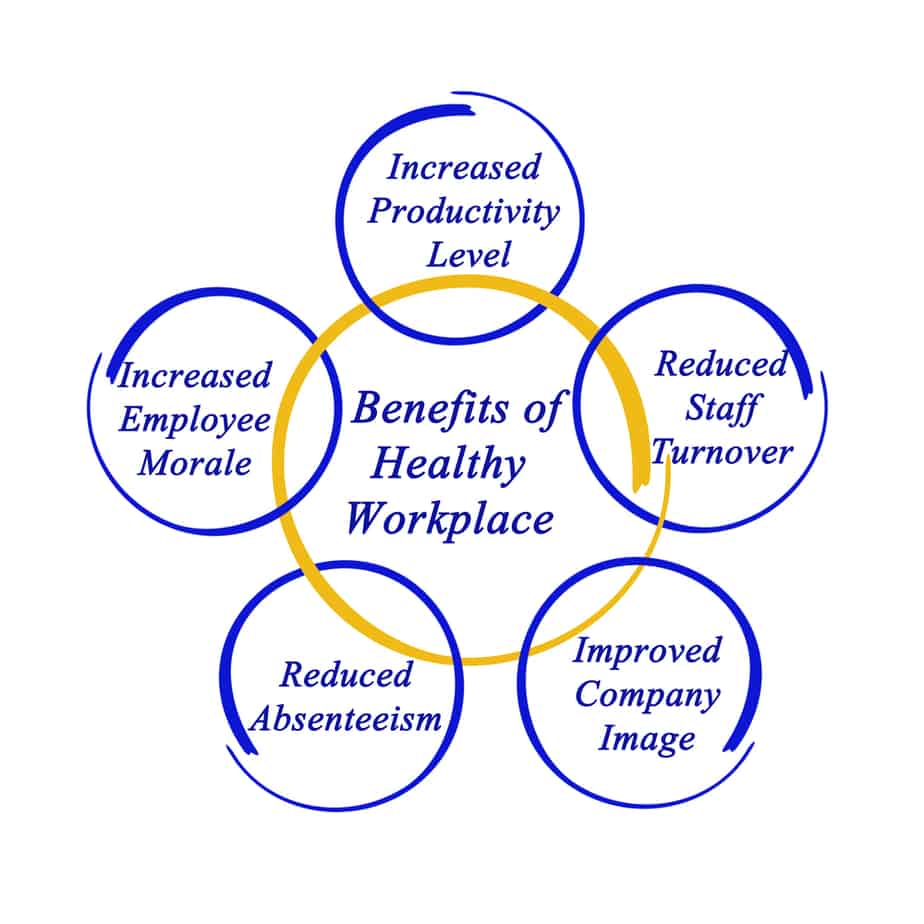Long hours in a challenging field hurt the well-being of legal employees. However, morale is often far more important to employees than their paycheck, and it’s up to you to ensure they stay motivated and productive. Gratitude is one of the best ways to lift the morale of those in the workplace, taking it from a mediocre place to work to a place where everybody is in a great mood. However, other things can be included in the workplace culture if you want to support your employees.
Here are the nine simplest ways to improve their mood:
1. The power of saying “Thank You”
Every member of your legal team is busy throughout the day as they try to meet deadlines. However, this is no excuse to forget to recognize each effort with the acknowledgment it deserves. It just takes a few moments to give a heartfelt or genuine thank you to someone or to pay a compliment. Even a short chat at their desk is enough to relate a positive approach to your team, lifting their mood and productivity levels.
2. Showing that gratitude
Sometimes, showing your appreciation requires a bit more than just a thank you. You can make many gestures, including highlighting their achievements in a meeting, planning an office party to complete a successful case, or handing out tickets to a sports game. Whatever way you choose to show your gratitude, consider that even though you have the best intentions, you might still get negative feedback from some, but most will love the gesture.
3. Keep the line of communication open
Negative cycles are often created by a lack of openness in an office. In an office where the culture implies everyone must keep to themselves, employees can feel not appreciated. This lack of transparency often leads to a vicious negative cycle between you and the rest of your team. To nurture a complete understanding of each other for work done, everyone needs to know that they can come to you with a problem and that you are genuinely interested in the progress of their case. Openness and honesty lead to a constructive environment; therefore, as the leader of your legal firm, you need to be proactive, making sure everyone knows that any criticism is constructive to improving.
4. Extend gratitude outwards
The mood of your employees also depends on the perspectives of your clients. Extend the same gratitude to those loyal to your law firm because they are placing their trust in you, your team, and your legal services. Gratitude can once again be expressed in many ways, including saying thank you, sending out greeting cards for holidays and birthdays, etc.
5. Encourage flexible work
There are many ways to offer a flexible work schedule to your employees to help accommodate their needs. This can be anything from frequent breaks, flexible work hours, and even the ability to work remotely. When you make their well-being your priority, it encourages a better mood and improves their work life.
6. Offer work perks
Perks like paying for their exercise classes, organizing team events, or offering upskilling courses are a great way to keep work morale high in your law firm. These are the types of benefits that keep everyone happy and productive.
7. Promote wellbeing
Preventing illness and maintaining their psychological health is also essential to your employees and their productivity. Please encourage them to get out of their chairs by offering them the opportunity to take an exercise break through the day and keep a healthy selection of snacks and beverages to discourage unhealthy lifestyle habits.
8. Team relationships are vital
Informal gatherings and team-building activities help build team relationships. Everyone should be encouraged to voice their ideas and opinions, and a fun atmosphere is the best way to make a happy team.
9. Personal development
Personal growth is vital to a law office filled with happy staff. This does not only mean work development but also enriching their personal life.
Conclusion
These nine steps create a culture that encourages mood improvement in the workplace. Practice this well-being strategy to improve everyone’s mood.



